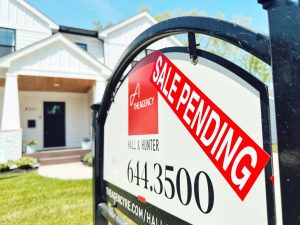When the combined total of what you owe on your home is less than half of its estimated value, you’re equity rich. That’s a good thing to be, which is why ATTOM Data Solutions’ most recent U.S. Home Equity & Underwater Report is encouraging news for homeowners. The report found the share of equity rich properties increased during the second quarter of this year after falling the previous three quarters. Rob Barber, ATTOM’s CEO, says that homeowners continue to do well. “With home prices at record highs you’d expect to see owners enjoying more equity in their homes so it’s good to see equity-rich rates rebound after a few slower quarters,” Barber said. During the second quarter 47.4 percent of mortgaged residential properties were equity rich, up from 46.2 percent during the first quarter. The highest proportion of equity-rich homes were found in New England, with Vermont, New Hampshire, and Rhode Island leading the list. Louisiana was the state with the lowest share of equity rich properties. (source)













